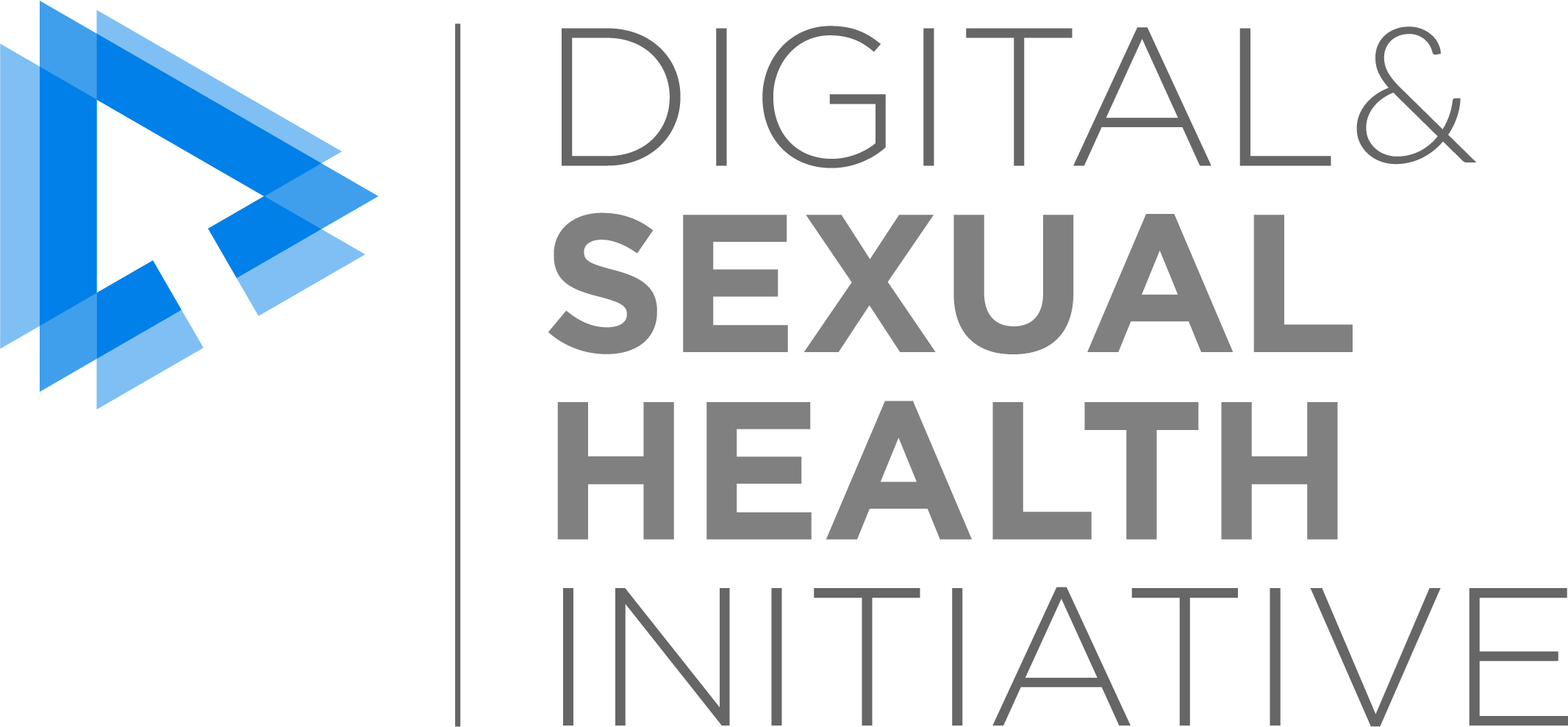Developing an organizational strategy for digital public health: A qualitative study of health professionals’ perspectives of opportunities and challenges in a provincial public health agency in Canada
Research theme(s)
Digital Health
Ihoghosa Iyamu, Devon Haag, Anna Carson, Ian Roe, Kristy Kerr, Ivy Wang, Collin King, Geoffrey McKee, Mark Gilbert.
Public Health 2025, Winnipeg, Manitoba, April 29 – May 1, 2025.
Introduction/background:
The pandemic accelerated the digital transformation of health services, shaping “digital health” strategies. However, these strategies largely overlooked digital public health (DPH) services for health promotion, surveillance, and emergency preparedness. To inform a DPH strategy at the BC Centre for Disease Control, we examined public health practitioners’ perspectives on opportunities and challenges with integrating digital technologies into public health.
Methods:
Between February and April 2023, we conducted 18 focus groups (FG) with practitioners with varied DPH experience from nine organizational subunits, including population and public health, environmental health, clinical services, vaccine-preventable diseases, communications, knowledge translation, data analytics, and Indigenous health (two groups per subunit). FGs explored participants’ digital technology use, implementation challenges (current state), and perceived opportunities (future state). Sessions were audio-recorded, and detailed field notes were taken. Data were thematically analyzed using constant comparative techniques to identify and compare perspectives across groups.
Results and analysis:
We identified three themes. First, “bridging existing inequities—an opportunity and a challenge contingent on public trust” highlighted participants’ optimism about DPH’s potential to address historical inequities if grounded in trust and reconciliation. However, they acknowledged the risk of exacerbating inequities due to the digital divide. Second, “a sense of disconnect between ‘digital’ and public health functions” reflected perceptions that DPH falls outside core public health duties, requiring new competencies and navigation of complex organizational policies with limited support. Third, “balancing the need for responsive DPH with necessary reactivity” revealed a desire for a proactive, strategic approach to digital technologies in public health, replacing current issue-driven reactive efforts. Participants endorsed a centralized program to achieve this.
Conclusions and implications for policy, practice or additional research:
A DPH strategy will benefit from a cohesive, equity-focused approach. Key priorities include addressing systemic inequities through strengthening public trust in DPH, building workforce capacity through training and policy support, and aligning digital transformation with public health goals through a centralized DPH program.
